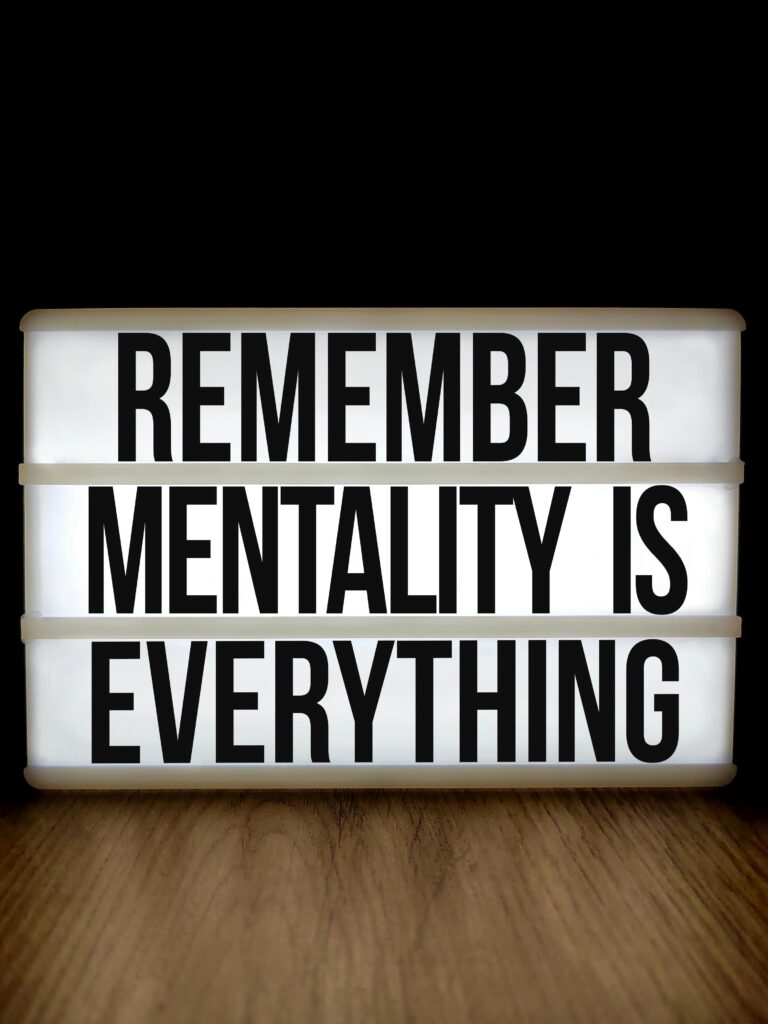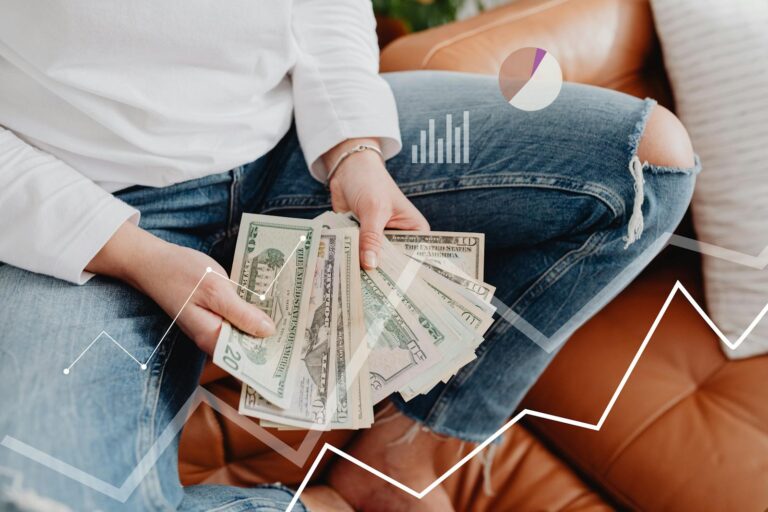Have you ever stared at a package on your doorstep and thought, “I don’t even remember ordering this”?
It’s a gut-punch kind of moment—and a painfully common one for emotional spenders. Maybe you were overwhelmed, bored, lonely, or just craving something to make you feel a little better. The purchase made sense at the time… until it didn’t. And now you’re caught between guilt and the fear that the only solution is restriction.
But it doesn’t have to be that way. There’s a way to feel in control of your spending and still enjoy your life. No shame, no spreadsheets, no deprivation.
Let’s walk through how to do it.
Let’s start with this: emotional spending doesn’t mean you’re irresponsible, undisciplined, or “bad with money.” It means you’re human. When we’re overwhelmed, anxious, or lonely, our brains look for comfort—and shopping is an easy fix. That dopamine rush from clicking “Buy Now” feels like relief. But it’s fleeting. And what follows? Usually, regret.
Here’s a mindset shift that can change everything: emotions are information, not instructions. They’re trying to tell you something, not boss you around. The urge to spend isn’t the real problem—it’s a clue. When you learn to decode that clue, you unlock a deeper kind of control, one that doesn’t rely on restriction but instead builds awareness and self-trust.
This isn’t about shame. It’s about curiosity. What if every emotional purchase you’ve ever made was a breadcrumb leading you toward unmet needs? You’re not failing. You’re just being invited to listen more closely.
Understand Your Emotional Spending Triggers
You don’t have to dig too deep to find a pattern. Maybe it’s late-night scrolling after a hard day. Maybe it’s seeing your friend’s new outfit on Instagram. Maybe it’s the stress of a chaotic household, or the quiet ache of being alone on a Friday night. Whatever the cause, emotional spending is rarely random.
One of the most helpful things you can do is track what you’re feeling before you spend. You don’t even have to change anything at first—just write it down. Keep a note on your phone or in a journal. Log the time, what you were doing, what you bought (or wanted to buy), and what you were feeling.
Over time, you’ll start to see the roots. “Every time I fight with my partner, I add things to my cart.” “When I feel invisible at work, I buy something to feel in control.” These insights are gold. They give you the power to respond differently next time.
Create a Pause Between the Feeling and the Purchase
Here’s where the magic happens—not in the decision itself, but in the space between the emotion and the action. That’s where your power lives.
Let’s call it “the sacred pause.” It’s the deliberate moment where you hit pause on autopilot and check in with yourself. The goal isn’t to never buy anything. The goal is to make purchases from a place of alignment, not impulse.
Try a few of these:
- The 10-minute rule: Wait 10 minutes before hitting “Buy.” Set a timer. Most urges pass faster than we think.
- Wishlist it: Move the item to a wishlist instead of your cart. You can always come back tomorrow.
- Use friction to your advantage: Delete saved credit card info. Install a browser blocker. These little interruptions give your brain time to re-engage.
You’re not depriving yourself—you’re just creating space for a better choice to emerge.
Build a Joyful Replacement Plan
Let’s be clear: the opposite of emotional spending is not suffering. It’s satisfaction. You’re not here to strip all the fun from your life—you’re here to find joy that doesn’t cost you your peace.
So let’s build a “comfort menu”—a list of things that feel good when you’re stressed but don’t leave you with financial guilt. What can you do that brings you calm, connection, or a boost?
Ideas include:
- Taking a walk while listening to a nostalgic playlist
- Journaling out what you’re feeling (even if it’s messy)
- Calling a friend who gets it
- Making a cozy drink and watching your comfort show
- Doing something with your hands—knitting, drawing, cooking
When your nervous system is asking for regulation, give it something it will truly benefit from. Over time, your brain learns that it doesn’t need the dopamine of spending to feel okay.
Practice Guilt-Free, Intentional Spending
Let’s not pretend that spending money can’t feel good—it absolutely can. The key is in how you do it.
Try creating a “fun fund” or “joy allowance” in your budget. Give yourself a set amount each week or month that’s meant for guilt-free enjoyment. The point is to make purposeful room for pleasure so it doesn’t have to sneak in through impulse.
Intentional spending means choosing your purchases in advance—not reacting to stress in the moment. Maybe it’s budgeting for a new journal you’ve been eyeing or planning a trip to your favorite café. When you decide ahead of time, the spending feels empowering instead of reactive.
It’s not about being a monk—it’s about being mindful. Spend with joy, not with regret.
Set Boundaries With Retail Triggers
The world is not neutral. It’s designed to sell you things you didn’t know you needed five minutes ago. So let’s level the playing field.
Start by clearing out the noise:
- Unsubscribe from marketing emails
- Unfollow influencers who push constant hauls
- Delete shopping apps from your phone (or at least move them off your home screen)
- Remove saved credit card info from retail sites
Make it harder to buy without thinking. That’s not a punishment—it’s a protection plan. The more friction between you and your impulse, the more time you have to pause and choose differently.
And let’s not forget your physical space. Is your wallet organized? Do you leave your credit card out? Small tweaks can create an environment that supports your new goals.
Rewire the Core Belief: You Are Already Enough
This is the heart of it all.
Emotional spending often has nothing to do with the item and everything to do with the story underneath. Stories like:
- “I need this to feel lovable.”
- “Buying this will make me feel better about myself.”
- “If I don’t have what everyone else has, I’ll be left out.”
These stories are subtle but powerful. And they are not the truth.
What if you believed this instead?
- “I am already enough.”
- “I don’t have to buy my worth.”
- “Joy isn’t something I earn—it’s something I allow.”
It takes practice, like building a muscle. But the more you anchor into self-worth that doesn’t depend on stuff, the freer you become. Not because you never spend—but because you no longer have to spend to feel whole.
That’s not deprivation. That’s liberation.
Your Next Step Starts Now
Pick one small action to try today—pause before a purchase, start a spending journal, or make a comfort menu. These tiny shifts add up fast.
You don’t need to stop spending completely. You just need to stop spending as a way to avoid what you’re feeling. Emotional spending is a signal, not a flaw—and now you know how to listen.
You’re allowed to want joy, peace, and ease. And you’re capable of choosing them without guilt.
Start with one step. That’s all it takes to change direction.
You’ve got this.
great article!








Leave a Reply